Mice and Rats Used in Experiments
Mice and rats are social animals who love to spend time with each other. They become emotionally attached to each other, and rescued mice and rats love curling up in the laps of their human companions.
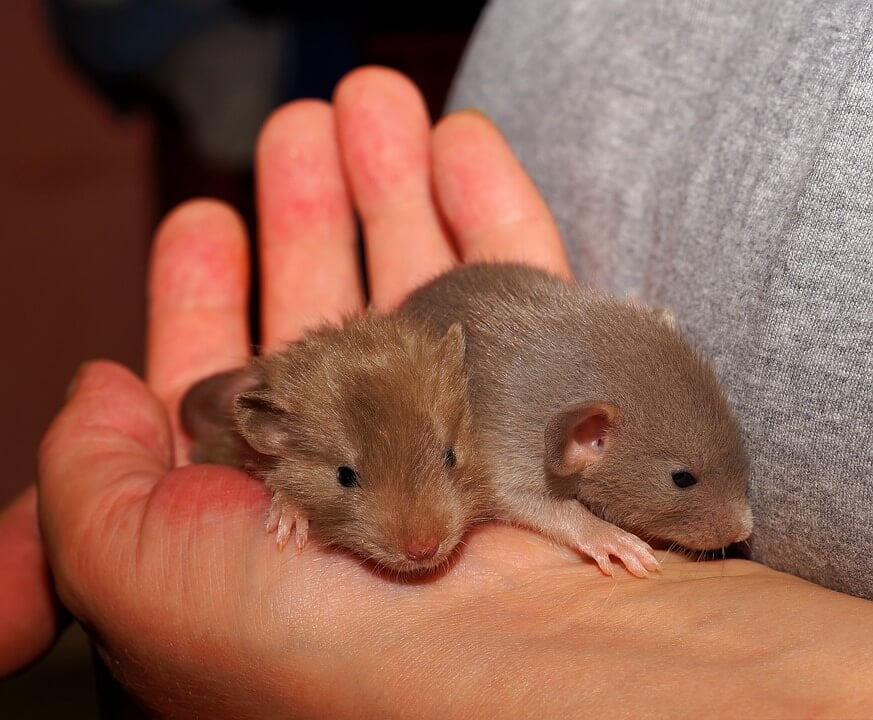
Mice and Rats Are Really Smart
These clever animals can tell when their animal or human friends are upset, and they do what they can to make them feel better. They will even put themselves in harm’s way to protect the ones they care about. Rats and mice are really good at learning and understanding concepts. In fact, rats are just as smart as dogs! And they have excellent memories, just like elephants. Small animals like rats and mice can feel pain, fear, love, and happiness, just as big ones can. They even have their own languages.
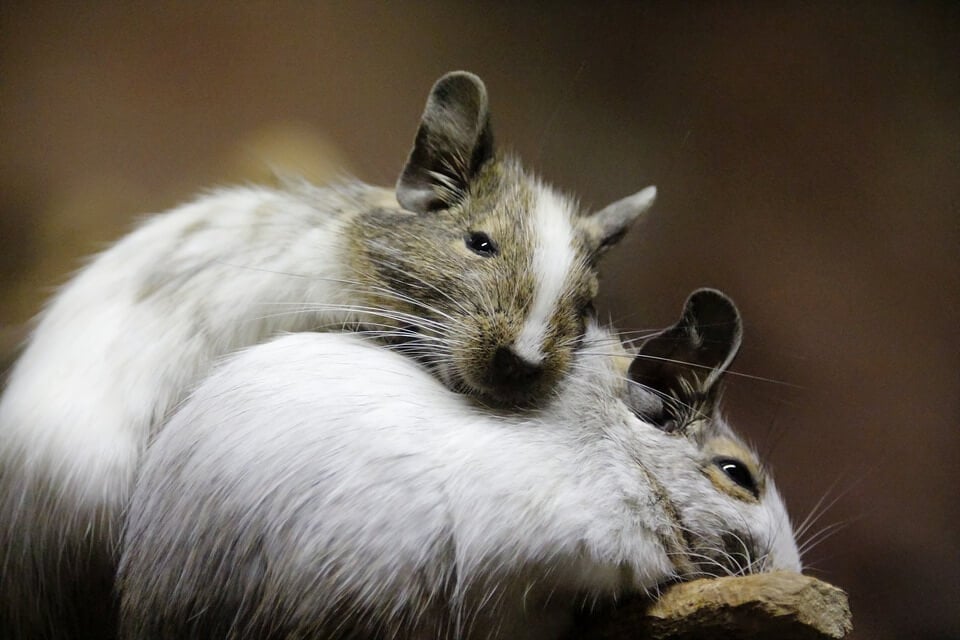
Mice and Rats Like to Have Fun, Too!
In one study, a neuroscientist at Bowling Green State University in Ohio found that when rats play or they’re playfully tickled, they make chirping sounds that are a lot like human laughter. Most of their giggles can’t be heard by the human ear, so the scientist used special recording equipment to hear them. These rats bonded with the person tickling them and even tried to get more tickles!
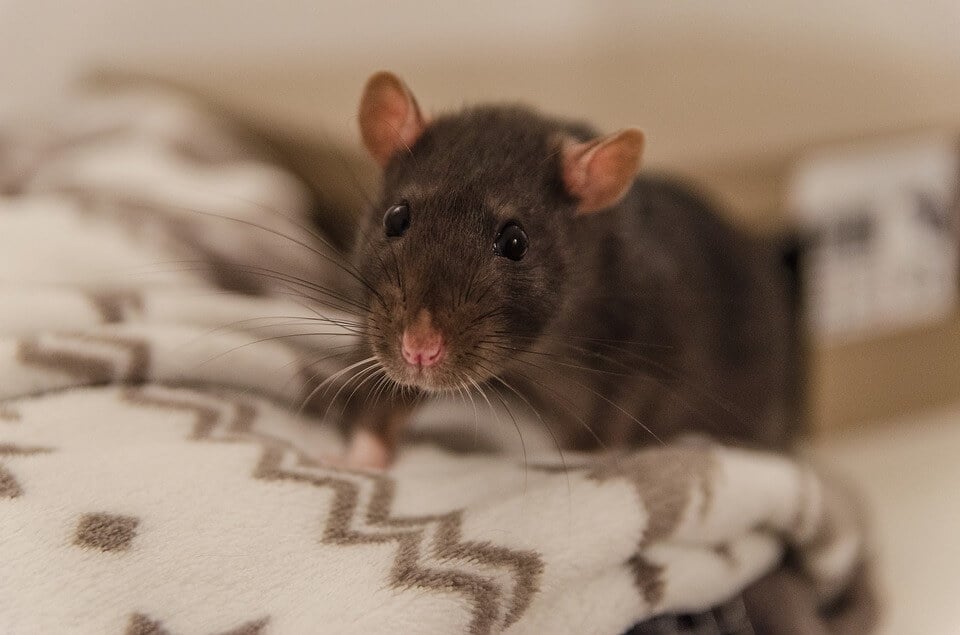
Mice and Rats Are Used in Mean and Painful Experiments
More than 110 million rats and mice are abused and killed in U.S. laboratories every year. These animals can feel pain and suffer, just like dogs, cats, and humans—but a federal law that gives a little bit of protection to animals in laboratories does not apply to them. So experimenters don’t have to give them any pain relief during experiments, and they can do any experiment they want, no matter how bad it hurts the rats and mice or how horrible it makes them feel. When the experiments are over, the animals are killed in harsh ways.
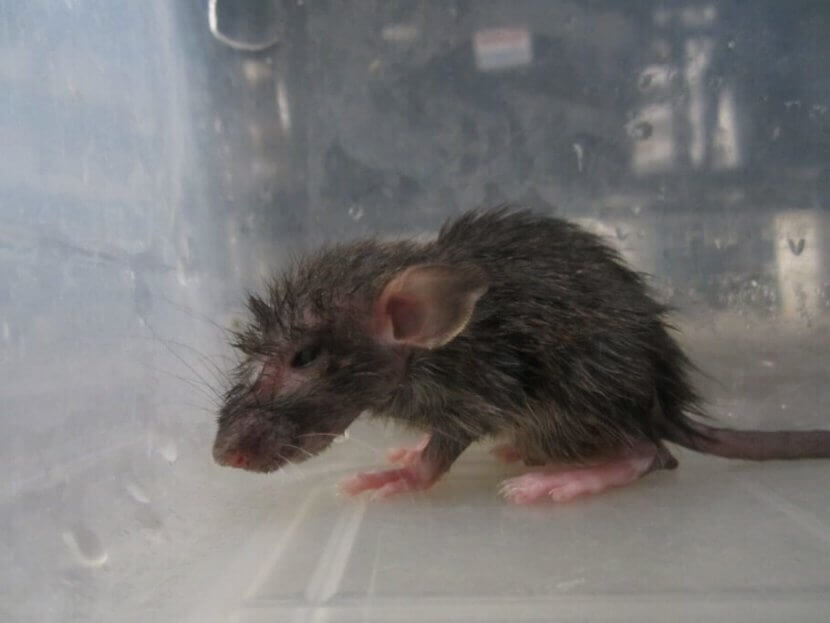
Animal Experiments Don’t Help Humans
Mice and rats are put through painful tests—they’re burned, poisoned, infected with diseases, addicted to drugs, force-fed, starved, operated on, shocked, cut open, and more. And they go through this pain and horror for nothing. Mice and rats aren’t humans, and their bodies don’t react to things the same way ours do. The chemicals that cause cancer in rats only cause it in mice some of the time. Scientists can’t even take results from rats and apply them to mice because their species are so different—so imagine trying to apply results from rat and mice experiments to humans. It really doesn’t work! Experimenting on animals is bad science, and we can use computer programs and other non-animal methods instead. Animals are not ours to experiment on, no matter what. Speciesism—the belief that one species is more important than others—has no place in science.
Fight Speciesism in Science by Refusing to Dissect
Rats and mice are bred in disgusting facilities so that they can be killed and shipped to classrooms for kids to dissect. This sends a harmful message to young people and makes it hard for them to have empathy for animals. All kids need to know that mice and rats are sensitive individuals—not dissection tools to use and throw away. You can help mice by saying NO to classroom dissection! Check out A Rat’s Life for more ways you can help.


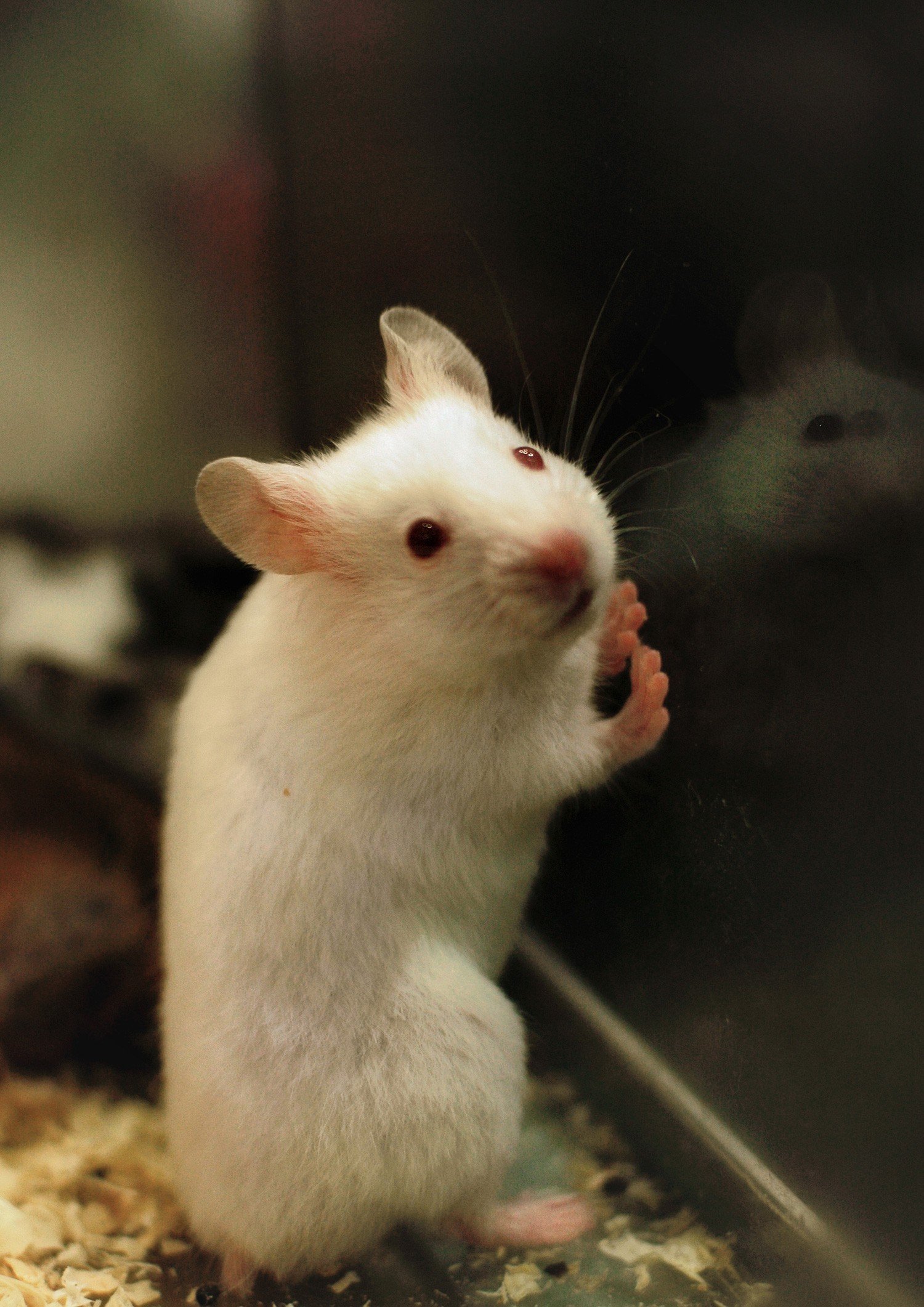
Under 13? Ask your parents bee-fore you continue!